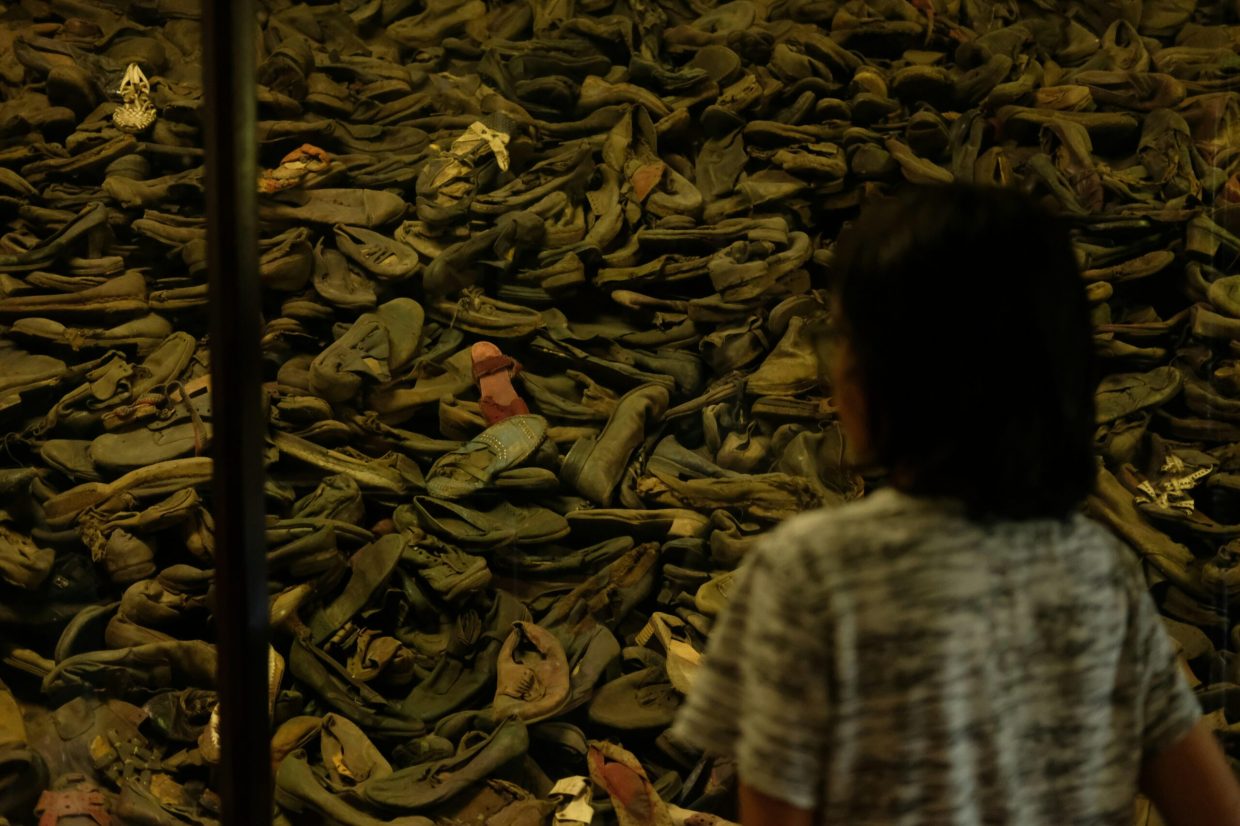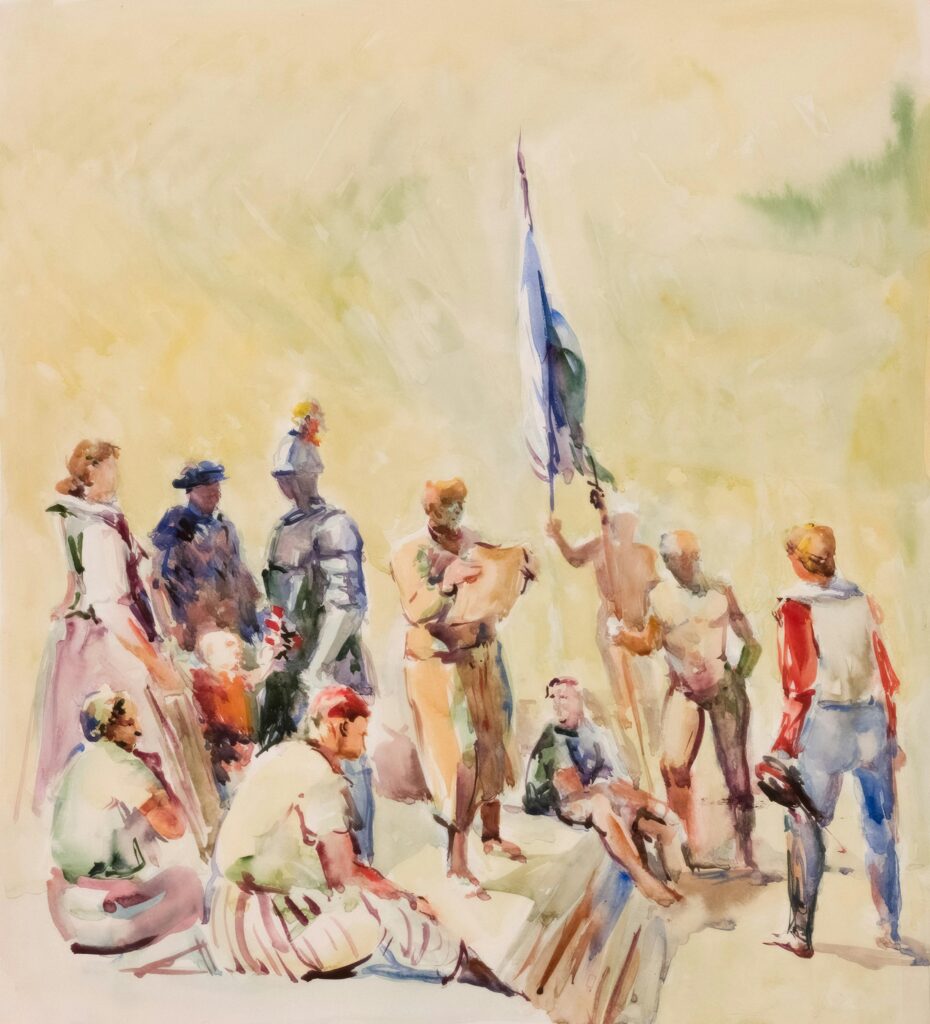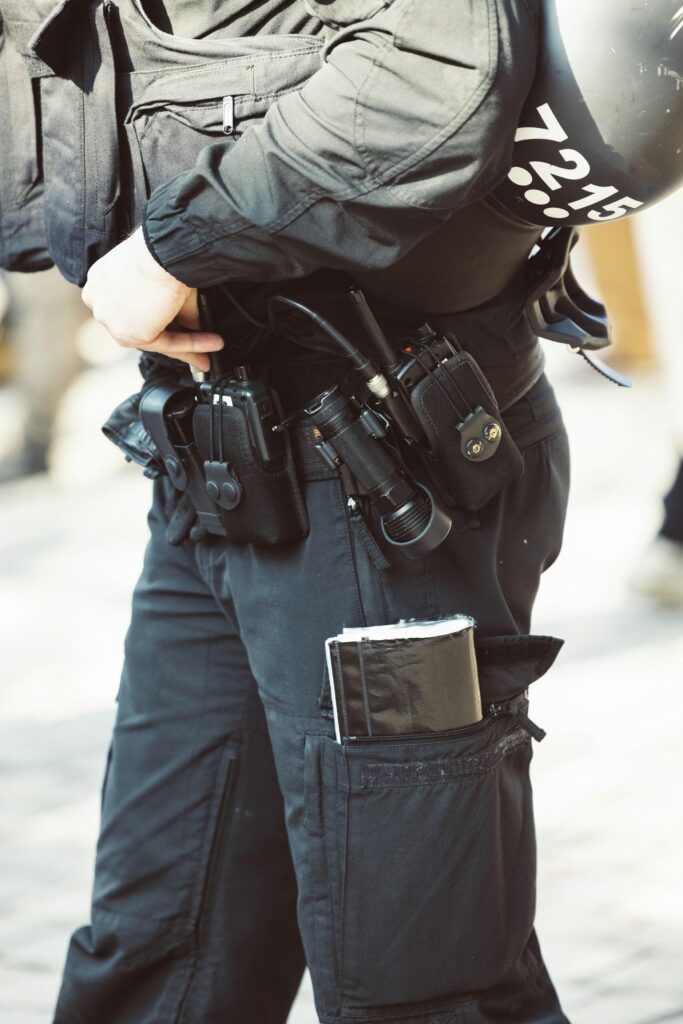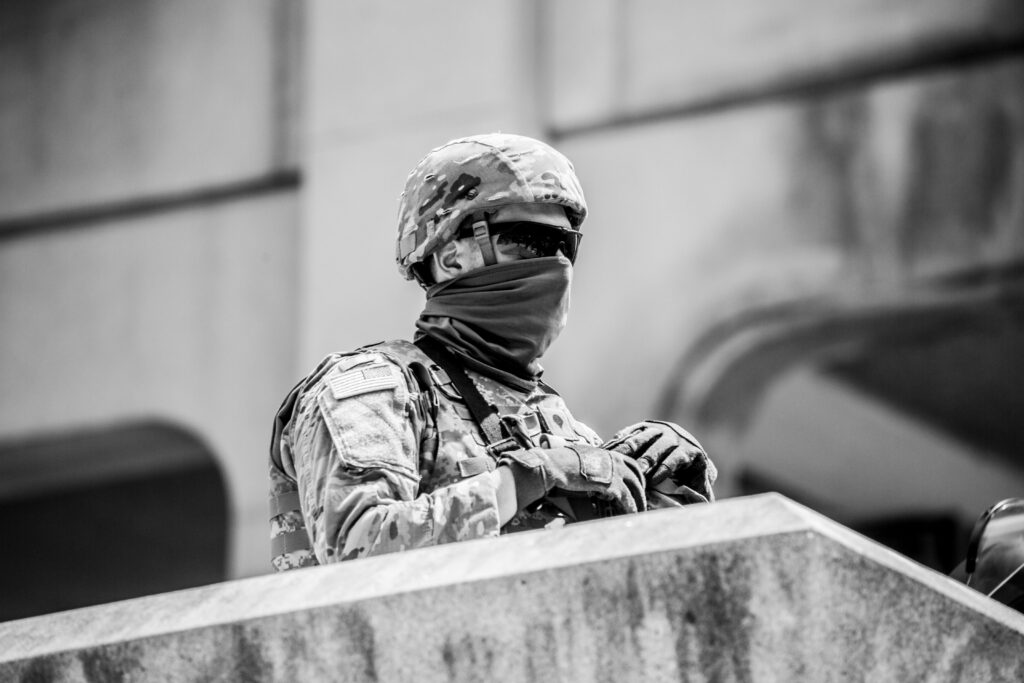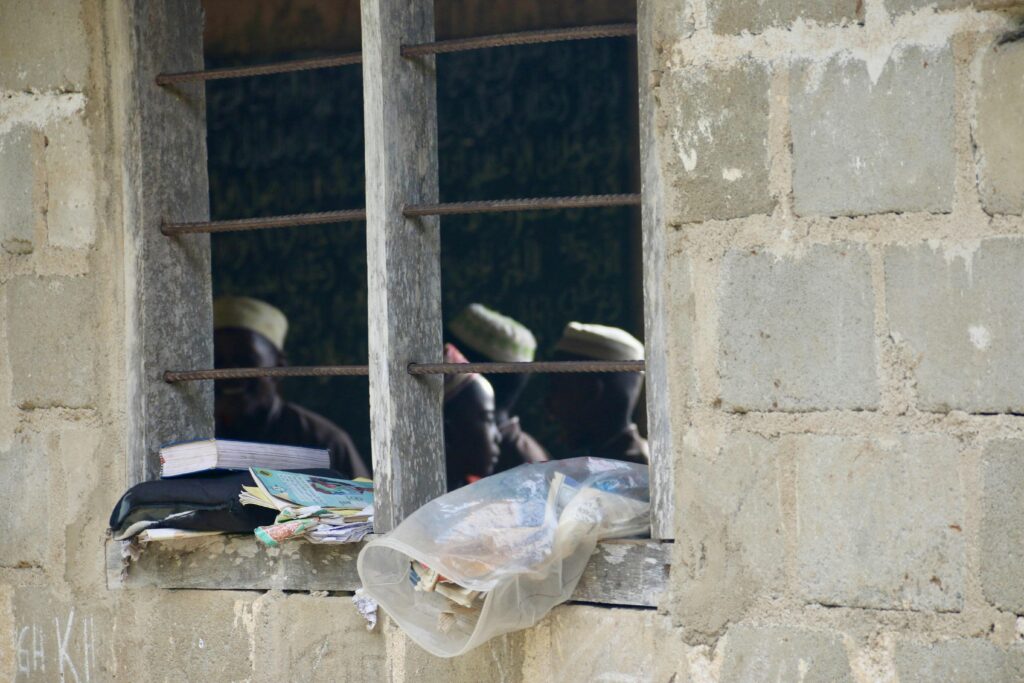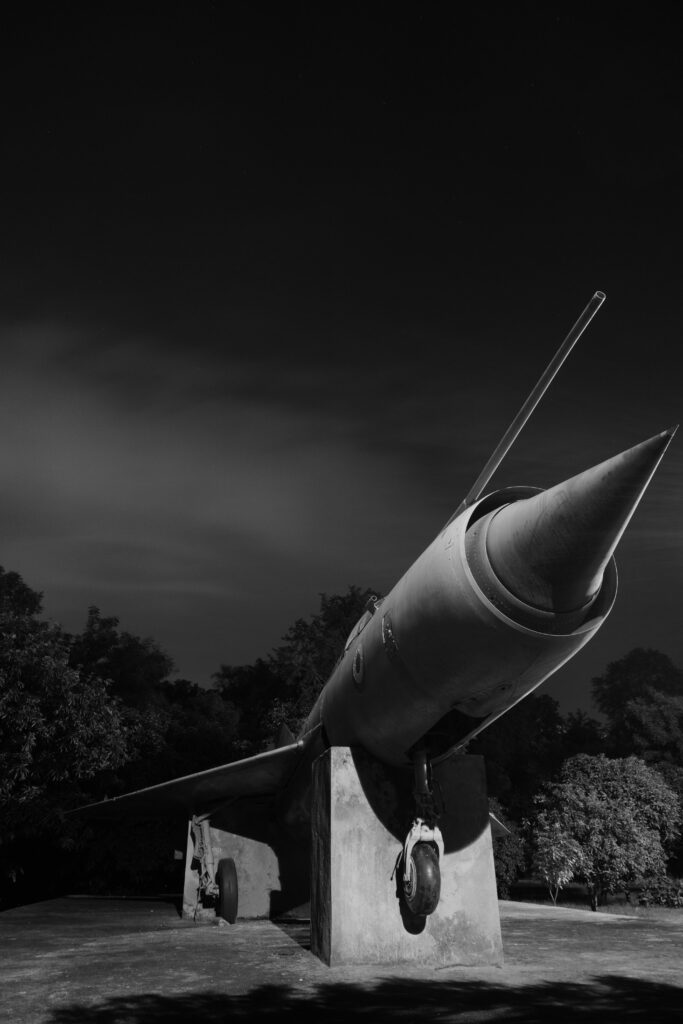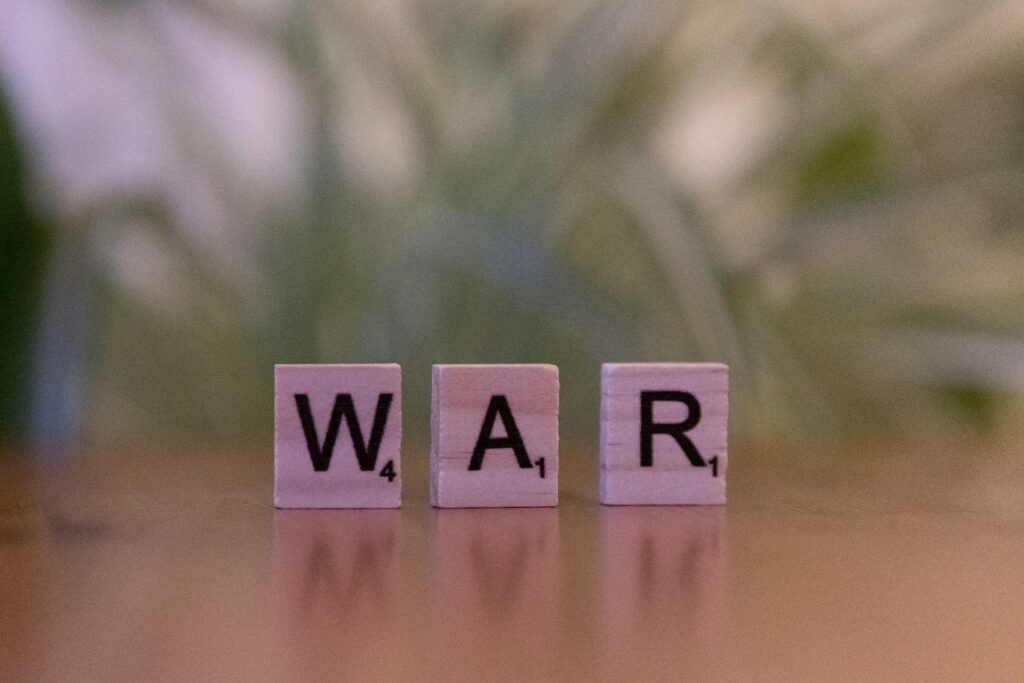War might seem like a topic far removed from classrooms and lesson plans, but its impact on education runs deeper than we often realize. From disrupting schooling to influencing what—and how—we teach, conflict has shaped learning in profound ways throughout history. In this blog, we’ll explore the surprising connections between war and education, uncovering lessons that extend well beyond textbooks and chalkboards. Whether you’re an educator, student, or just curious, join me as we dive into how times of conflict have transformed the way we learn and grow.
Table of Contents
- How Conflicts Influence Curriculum Changes and Educational Priorities
- The Role of Teachers and Schools in Supporting Trauma-Affected Students
- Incorporating War Lessons into Critical Thinking and Civic Education
- Strategies for Building Resilient Education Systems in Post-War Communities
- The Conclusion
How Conflicts Influence Curriculum Changes and Educational Priorities
When nations are entangled in conflict, the ripple effects extend far beyond battlefields—deeply influencing what and how young minds are taught. Educational content frequently undergoes transformation, reflecting the urgent need to address national security, patriotism, or reconstruction efforts. Textbooks might be revised to emphasize historical narratives that foster unity or resilience, while skills like critical thinking and diplomacy often gain prominence to prepare students for a post-conflict world. In some cases, military history classes see expanded hours, and subjects such as technology and engineering receive newfound priority, reflecting the lessons learned on modern battlefields.
Educational priorities in wartime tend to shift dramatically, focusing on:
- Promoting civic responsibility and national identity to unify diverse populations.
- Equipping students with practical skills for rebuilding infrastructure and economies.
- Incorporating psychological support and trauma awareness to aid emotional recovery.
- Encouraging global awareness and peace studies to prevent future conflicts.
The Role of Teachers and Schools in Supporting Trauma-Affected Students
Teachers and schools serve as more than just centers of learning for trauma-affected students—they are vital anchors of stability and hope. In classrooms where war’s shadows linger, educators often become first responders to emotional wounds, recognizing signs of distress and offering a safe space for expression and healing. By fostering a nurturing environment, teachers help students rebuild trust and regain a sense of normalcy, which is crucial for academic success and personal growth. Empathy, patience, and cultural sensitivity are essential qualities that empower educators to connect deeply and respond effectively to trauma’s complex impact.
Schools also play a pivotal role by adopting trauma-informed practices that go beyond traditional teaching methods. This includes:
- Implementing flexible learning schedules to accommodate students coping with emotional challenges
- Integrating social-emotional learning programs that equip students with coping skills and resilience
- Creating collaborative networks with counselors, psychologists, and community organizations for holistic support
- Designing classroom spaces that prioritize safety and comfort, helping reduce anxiety and trigger responses
Through these intentional actions, schools become empowering sanctuaries where trauma-affected children not only survive but also find the strength to thrive, revealing lessons that extend far beyond textbooks and tests.
Incorporating War Lessons into Critical Thinking and Civic Education
War is often viewed through the lens of strategy and destruction, yet it also offers profound insights that can sharpen our critical thinking skills. By analyzing historical conflicts, students learn to evaluate multiple perspectives, question narratives, and understand the consequences of decisions on societies and individuals alike. This approach encourages a mindset of curiosity and skepticism—key components in developing well-rounded thinkers who aren’t just passive recipients of information but active seekers of truth.
Integrating these lessons into civic education nurtures informed citizens capable of contributing thoughtfully to democracy. Through discussions about causes, impacts, and resolutions of conflicts, learners can explore the importance of diplomacy, human rights, and ethical responsibility. Educators often focus on:
- Encouraging dialogue about peacebuilding and conflict resolution
- Highlighting the role of societal values in policymaking
- Fostering empathy by examining human stories behind war statistics
This creates a classroom atmosphere where critical thought meets active citizenship, equipping future generations with the tools to advocate for justice and peace in an interconnected world.
Strategies for Building Resilient Education Systems in Post-War Communities
Rebuilding education systems in post-war communities demands a focus on holistic recovery that goes beyond simply repairing infrastructure. Engaging local stakeholders — from educators and parents to government officials and students themselves — helps foster a sense of ownership and trust. Supporting teacher training programs that address trauma, conflict resolution, and inclusive pedagogy ensures educators are equipped to meet the unique needs of their students. Additionally, flexible curriculum designs that integrate peacebuilding, cultural understanding, and critical thinking empower young minds to contribute meaningfully to their societies as they heal and grow.
Implementing these approaches is further strengthened by adopting technology and innovative learning platforms that transcend physical barriers and resource limitations common in war-impacted areas. Establishing safe spaces within schools for psychosocial support and community dialogue encourages resilience on multiple levels. Emphasizing partnerships between NGOs, government agencies, and international bodies creates sustainable funding and knowledge exchange channels. Ultimately, fostering resilience in education systems means nurturing environments where children can reclaim their right to learn, thrive, and envision a peaceful future.
The Conclusion
As we’ve seen, war’s impact on education goes far beyond textbooks and classrooms—it reshapes societies, fuels innovation, and challenges the way we think about learning itself. While the lessons from conflict are often hard-earned, they remind us of education’s resilience and its power to adapt and heal. So next time you hit the books, remember: the story behind our schools is as complex and compelling as history itself. Here’s to learning not just from classrooms, but from the world around us, no matter how difficult the chapter. Thanks for reading, and stay curious!


